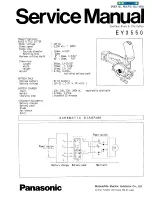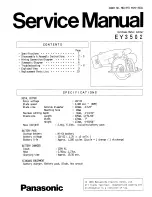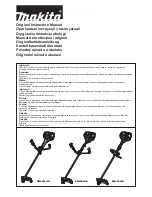
41
Post-It Notes: (1) for setting blade/tool tip height above a material (2) for draw and cut applications
Old Fluffy Bath Towel:
(1)
to dry a washed mat (2) to apply an invisible layer of lint onto an overly-
sticky mat
Dishwashing Soap: (1) to remove visible and invisible fibers from the mat, thus renewing the adhesive
(2) to clean the mat well before adding more adhesive
Soft Brush: (1) to gently remove waste scraps during the washing of a mat. Refer to
Section 1.08.2.
Artist Palette Knife:
(1) to gently remove cut shapes from a mat (2) to scrape off small waste pieces
from a mat
Blue Painter’s Tape: (1) to tape around the edges of thicker materials that might slip during cutting
Repositionable Adhesives: (1) to add more adhesive to a cutting mat (most any brand or type can be
used, provided it is repositionable). Refer to
Section 1.08.2
for suggestions and instructions.
Adhesive Removers:
(1) to completely strip a cutting mat of adhesive (2) to disarm adhesive long
enough to remove large scraps of material that will not peel off
Lint-free Cloth: (1) for dusting off your cutter and cleaning pinch wheels and grit shafts
Awl or Paper Piercer (or other sharp pointed tool): (1) to pick or lift out a test cut to verify results
Stabilizers: A stabilizer is an adhesive material that is applied to the bottom of the material you are
cutting so that cleaner cuts can be achieved. The stabilizer works in one or more of the following ways
–
(1) provides firmer contact with the cutting mat (2) provides a final layer that does not need to be cut if
the stabilizer will be removed after cutting (3) prevent some slightly-elastic materials from being
stretched by the blade. Recommended stabilizers include freezer paper, Thermo-
web Heat n’ Bond,
and Steam-a-Seam 2.
Double-sided Tape: (1) For securing metal tags or charms to the cutting mat for engraving
Non-slip Shelf Liner: (1) To place under cardstock and other material when embossing
















































